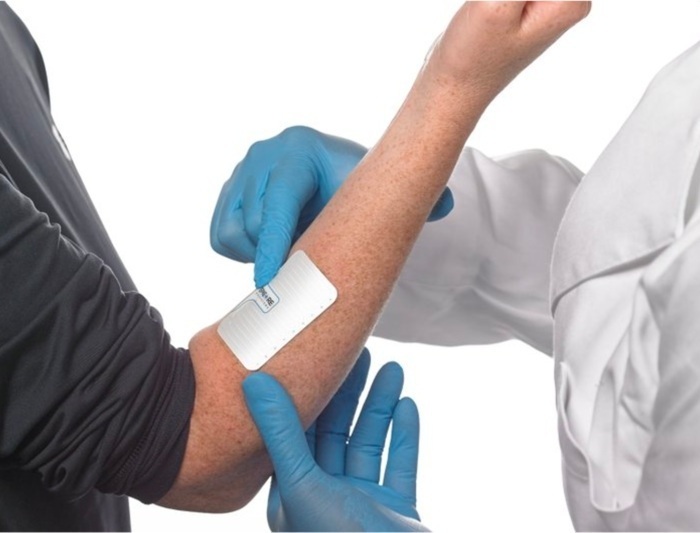Severe Strongyloidiasis Infection Reported in Kidney Transplant Recipients
|
By LabMedica International staff writers Posted on 25 Feb 2020 |
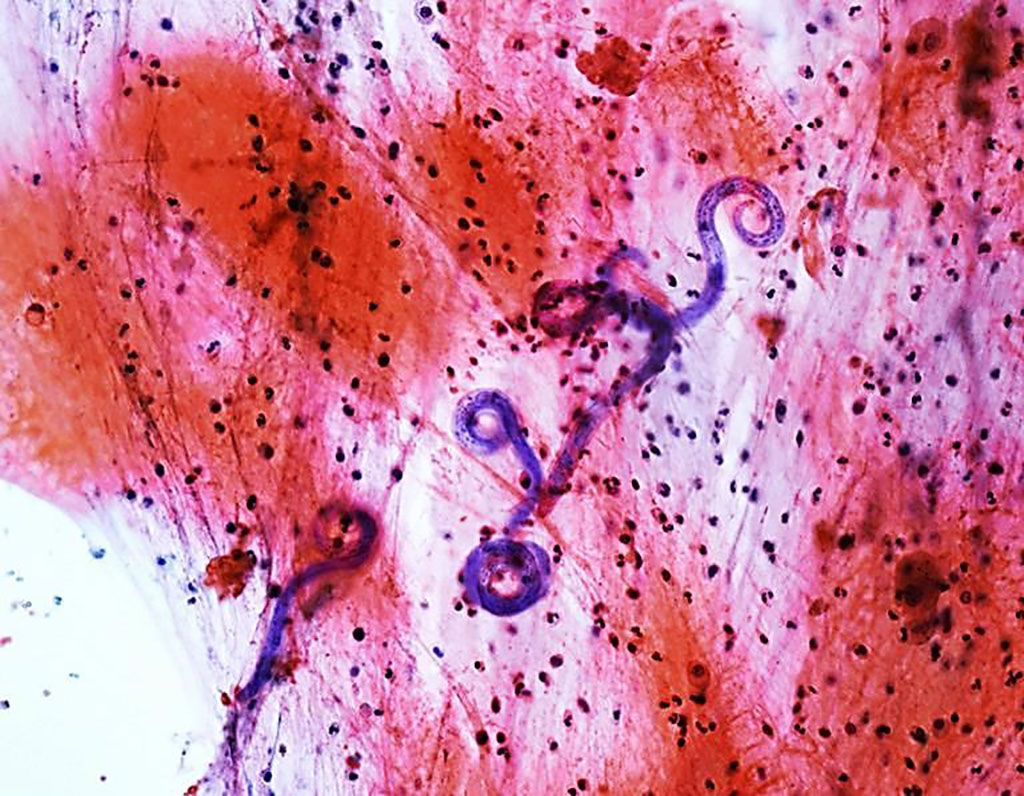
Image: Microscopic examination of bronchoalveolar lavage fluid revealing the presence of Strongyloides stercoralis larvae in hemorrhagic background (Photo courtesy Kyung-Nyeo Jeon, MD, PhD).
Strongyloides stercoralis is a soil-transmitted human pathogenic parasitic roundworm causing the disease strongyloidiasis. It is found in tropical and subtropical regions worldwide. Many people infected are asymptomatic at first. Symptoms include dermatitis: swelling, itching, larva currens, and mild hemorrhage at the site where the skin has been penetrated.
Although infections are usually mild or asymptomatic, they can be severe, with high mortality rates, in patients receiving immunosuppressive therapy, including organ transplant recipients. It is therefore relevant for countries endemic for infectious diseases such as strongyloidiasis to have a special focus on endemic diseases in organ transplant recipients.
Infectious disease specialists at the Universidade Federal de São Paulo (São Paulo, Brazil) and their colleagues carried out a retrospective, multicenter, case–control study in which they assessed the risk factors for and clinical outcomes of severe S. stercoralis infections in kidney transplant recipients in Brazil. They included 138 kidney transplant recipients: 46 cases and 92 controls.
Cases were included on the basis of the following criteria: being a kidney or kidney–pancreas transplant recipient; being ≥ 18 years of age; and having been diagnosed with severe S. stercoralis infection, characterized by severe symptoms attributed exclusively to the S. stercoralis life cycle (intense respiratory, gastrointestinal, or other symptoms), together with the isolation of S. stercoralis in sputum, tracheal aspirates, bronchoalveolar lavage fluid, duodenal aspirate, stool samples, pulmonary biopsy samples, or gastrointestinal biopsy samples.
The scientists reported that during the study period, 15,860 transplants were performed and a total of 53 patients were diagnosed with S. stercoralis infection. Of those 53 patients, 46 (45 recipients of a kidney transplant and one recipient of a kidney–pancreas transplant) met the criteria for severe S. stercoralis infection (an incidence of 0.29%) and were matched to 92 control patients. Among the cases, the median number of days from transplantation to diagnosis was 117 (interquartile range [IQR], 73.5–965) and the most common clinical findings were gastrointestinal symptoms (in 78.3%) and respiratory symptoms (in 39.1%), whereas fever and eosinophilia were seen in only 32.6% and 43.5%, respectively. The 30-day all-cause mortality among the cases was 28.3% overall and was significantly higher among the cases of infection occurring within the first three months after transplantation (47% versus 17.2%).
The authors concluded that severe S. stercoralis infections are associated with considerable morbidity and mortality after kidney transplantation. In endemic areas, such infection may occur late after transplantation, although it seems to be more severe when it occurs earlier after transplantation. Specific risk factors and clinical manifestations can identify patients at risk, who should receive prophylaxis or early treatment. The study was published on January 31, 2020 in the journal PLOS Neglected Tropical Diseases.
Related Links:
Universidade Federal de São Paulo
Although infections are usually mild or asymptomatic, they can be severe, with high mortality rates, in patients receiving immunosuppressive therapy, including organ transplant recipients. It is therefore relevant for countries endemic for infectious diseases such as strongyloidiasis to have a special focus on endemic diseases in organ transplant recipients.
Infectious disease specialists at the Universidade Federal de São Paulo (São Paulo, Brazil) and their colleagues carried out a retrospective, multicenter, case–control study in which they assessed the risk factors for and clinical outcomes of severe S. stercoralis infections in kidney transplant recipients in Brazil. They included 138 kidney transplant recipients: 46 cases and 92 controls.
Cases were included on the basis of the following criteria: being a kidney or kidney–pancreas transplant recipient; being ≥ 18 years of age; and having been diagnosed with severe S. stercoralis infection, characterized by severe symptoms attributed exclusively to the S. stercoralis life cycle (intense respiratory, gastrointestinal, or other symptoms), together with the isolation of S. stercoralis in sputum, tracheal aspirates, bronchoalveolar lavage fluid, duodenal aspirate, stool samples, pulmonary biopsy samples, or gastrointestinal biopsy samples.
The scientists reported that during the study period, 15,860 transplants were performed and a total of 53 patients were diagnosed with S. stercoralis infection. Of those 53 patients, 46 (45 recipients of a kidney transplant and one recipient of a kidney–pancreas transplant) met the criteria for severe S. stercoralis infection (an incidence of 0.29%) and were matched to 92 control patients. Among the cases, the median number of days from transplantation to diagnosis was 117 (interquartile range [IQR], 73.5–965) and the most common clinical findings were gastrointestinal symptoms (in 78.3%) and respiratory symptoms (in 39.1%), whereas fever and eosinophilia were seen in only 32.6% and 43.5%, respectively. The 30-day all-cause mortality among the cases was 28.3% overall and was significantly higher among the cases of infection occurring within the first three months after transplantation (47% versus 17.2%).
The authors concluded that severe S. stercoralis infections are associated with considerable morbidity and mortality after kidney transplantation. In endemic areas, such infection may occur late after transplantation, although it seems to be more severe when it occurs earlier after transplantation. Specific risk factors and clinical manifestations can identify patients at risk, who should receive prophylaxis or early treatment. The study was published on January 31, 2020 in the journal PLOS Neglected Tropical Diseases.
Related Links:
Universidade Federal de São Paulo
Latest Pathology News
- New Microscope Promises to Speed Up Medical Diagnostics
- ESR Testing Breakthrough Extends Blood Sample Stability from 4 to 28 Hours
- Accurate Pathological Analysis Improves Treatment Outcomes for Adult Fibrosarcoma
- Clinicopathologic Study Supports Exclusion of Cervical Serous Carcinoma from WHO Classification
- Mobile-Compatible AI-Powered System to Revolutionize Malaria Diagnosis
- Compact AI-Powered Microscope Enables Rapid Cost-Effective Cancer Scoring
- New Method Enables Precise Detection of Nanoplastics in Body
- AI-Powered Tool Improves Cancer Tissue Analysis
- AI Platform Uses 3D Visualization to Reveal Disease Biomarkers in Multiomics Data
- AI Tool Detects Early Signs of Blood Mutations Linked to Cancer and Heart Disease
- Multi-Omics AI Model Improves Preterm Birth Prediction Accuracy
- AI-Based Approach Diagnoses Colorectal Cancer from Gut Microbiota
- Topical Fluorescent Imaging Technique Detects Basal Cell Carcinoma
- AI Detects Early Prostate Cancer Missed by Pathologists
- AI Model Simultaneously Detects Multiple Genetic Colorectal Cancer Markers in Tissue Samples
- New Technology to Accelerate Diagnosis of Diabetic Kidney Disease
Channels
Clinical Chemistry
view channel
Gold Nanoparticles to Improve Accuracy of Ovarian Cancer Diagnosis
Ovarian cancer is considered one of the deadliest cancers, in part because it rarely shows clear symptoms in its early stages, and diagnosis is often complex. Current approaches make it difficult to accurately... Read more
Simultaneous Cell Isolation Technology Improves Cancer Diagnostic Accuracy
Accurate cancer diagnosis remains a challenge, as liquid biopsy techniques often fail to capture the complexity of tumor biology. Traditional systems for isolating circulating tumor cells (CTCs) vary in... Read moreMolecular Diagnostics
view channel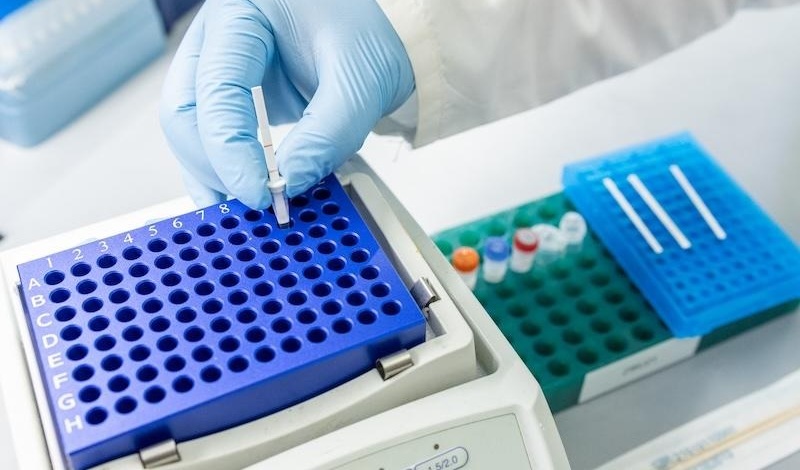
CRISPR-Based Tuberculosis Test Uses Mouth Swab to Simplify Screening
Tuberculosis remains the world’s deadliest infectious disease, with more than 10 million people falling ill annually and about 40% of cases going undiagnosed. Current testing depends on sputum samples,... Read more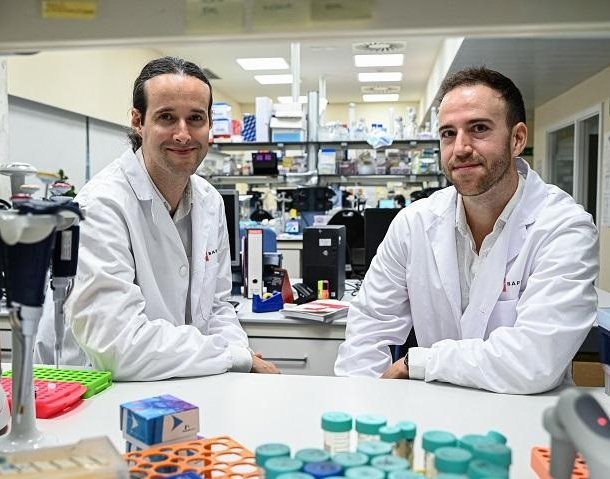
New DNA Methylation-Based Method Predicts Cancer Progression
Cancer often develops silently for years before diagnosis, making it difficult to trace its origins and predict its progression. Traditional approaches to studying cancer evolution have lacked the precision... Read moreHematology
view channel
Pioneering Model Measures Radiation Exposure in Blood for Precise Cancer Treatments
Scientists have long focused on protecting organs near tumors during radiotherapy, but blood — a vital, circulating tissue — has largely been excluded from dose calculations. Each blood cell passing through... Read more
Platelets Could Improve Early and Minimally Invasive Detection of Cancer
Platelets are widely recognized for their role in blood clotting and scab formation, but they also play a crucial role in immune defense by detecting pathogens and recruiting immune cells.... Read more
Portable and Disposable Device Obtains Platelet-Rich Plasma Without Complex Equipment
Platelet-rich plasma (PRP) plays a crucial role in regenerative medicine due to its ability to accelerate healing and repair tissue. However, obtaining PRP traditionally requires expensive centrifugation... Read moreImmunology
view channel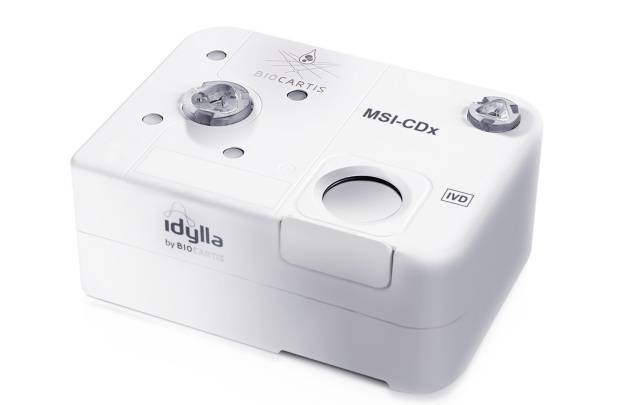
Companion Diagnostic Test for CRC Patients Identifies Eligible Treatment Population
Colorectal cancer remains one of the leading causes of cancer-related deaths worldwide, and identifying which patients will benefit most from targeted immunotherapies is critical. Existing diagnostic methods... Read more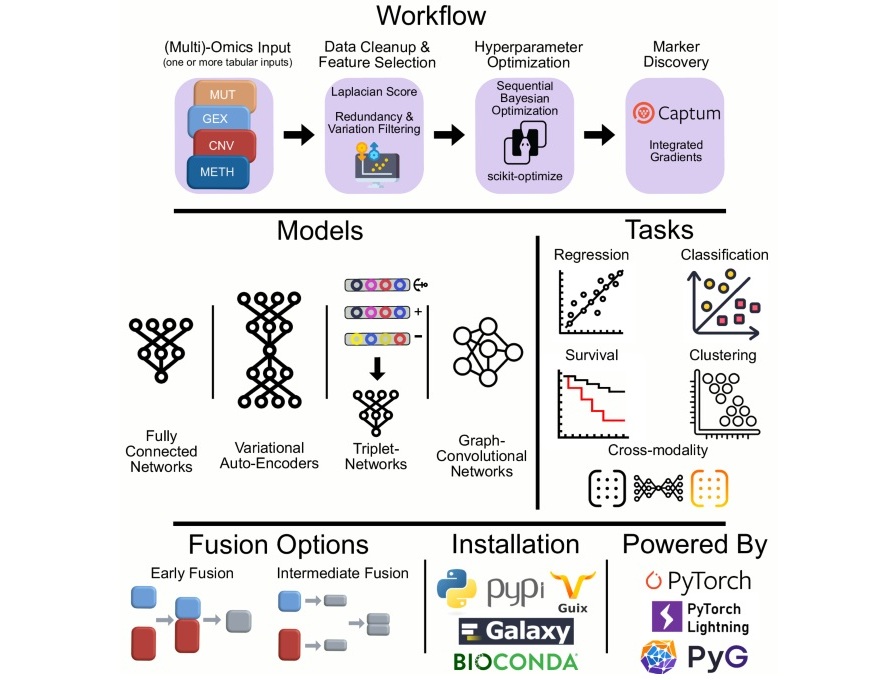
Novel Tool Uses Deep Learning for Precision Cancer Therapy
Nearly 50 new cancer therapies are approved each year, but selecting the right one for patients with highly individual tumor characteristics remains a major challenge. Physicians struggle to navigate the... Read more
Companion Diagnostic Test Identifies HER2-Ultralow Breast Cancer and Biliary Tract Cancer Patients
Breast cancer is the most common cancer in Europe, with more than 564,000 new cases and 145,000 deaths annually. Metastatic breast cancer is rising in younger populations and remains the leading cause... Read morePathology
view channel
New Microscope Promises to Speed Up Medical Diagnostics
Traditional microscopes are designed for flat samples, yet real-life specimens, such as tissue slides, are often curved or uneven. This mismatch forces researchers to rely on scanning methods or costly... Read more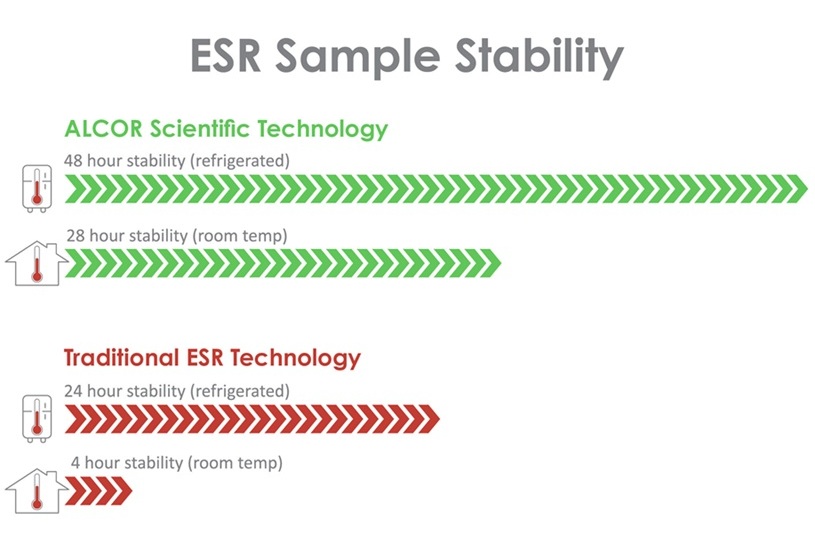
ESR Testing Breakthrough Extends Blood Sample Stability from 4 to 28 Hours
Erythrocyte sedimentation rate (ESR) is one of the most widely ordered blood tests worldwide, helping clinicians detect and monitor infections, autoimmune conditions, cancers, and other diseases.... Read moreAccurate Pathological Analysis Improves Treatment Outcomes for Adult Fibrosarcoma
Adult fibrosarcoma is a rare and highly aggressive malignancy that develops in connective tissue and often affects the limbs, trunk, or head and neck region. Diagnosis is complex because tumors can mimic... Read more
Clinicopathologic Study Supports Exclusion of Cervical Serous Carcinoma from WHO Classification
High-grade serous carcinoma is a rare diagnosis in cervical biopsies and can be difficult to distinguish from other tumor types. Cervical serous carcinoma is no longer recognized as a primary cervical... Read moreTechnology
view channel
Coral-Inspired Capsule Samples Hidden Bacteria from Small Intestine
The gut microbiome has been linked to conditions ranging from immune disorders to mental health, yet conventional stool tests often fail to capture bacterial populations in the small intestine.... Read more
Rapid Diagnostic Technology Utilizes Breath Samples to Detect Lower Respiratory Tract Infections
Respiratory tract infections (LRTIs) are leading causes of illness and death worldwide, particularly among vulnerable populations such as the elderly, young children, and those with compromised immune systems.... Read moreIndustry
view channel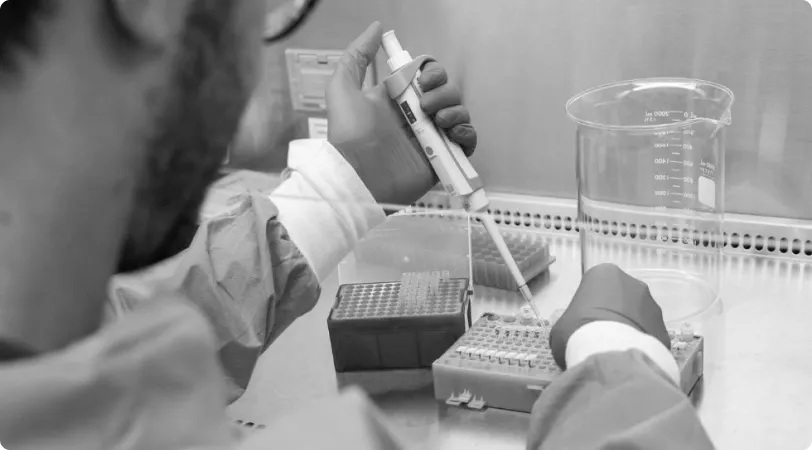
VedaBio Partners With Mammoth Biosciences to Expand CRISPR-Based Diagnostic Technologies
VedaBio (San Diego, CA, USA) has entered into a non-exclusive license agreement with Mammoth Biosciences (Brisbane, CA, USA) for the use of select CRISPR-based technologies in diagnostic applications.... Read more

















